Do you get calls from someone who impersonates a bank employee?
If you do, then you already know the consequences. Those are fraudsters calling you to steal your money.
They normally work as disguises with good communication skills. They are well articulated and would try to befool you.
No matter what, do not give in to what they say. Your financial security greatly depends on what you decide.
ATM-related frauds are seen in almost 1 in every 5 individuals, and it’s estimated that on average, a person has fallen victim to ATM card fraud at some point in time. Knowingly or unknowingly, it might happen to anyone.
Today we are going to discuss bank-related frauds and how we can stay ahead of these fraudsters.
How do fraudsters get your mobile number?
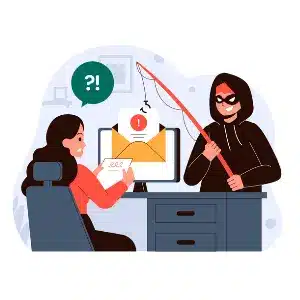
When something like this happens, the first thing that hits our mind is, “How did they get my number”? How do they know my account details? It is a big mystery. Yet it happens to someone who is unfortunate enough to face all the trauma it leaves behind.
A few years back, in India, the cybercrime cell nabbed a guy, who actually deals with such kinds of personal data that are bank account-related. He was connected with some kind of cybercrime syndicate where they used to sell and purchase bank account data.
Per account, it was as cheap as ₹ 1, but imagine how big this number would be when the number of accounts they are sharing is in terms of millions. How they get this data is another debatable question. Either they hacked into the bank server or it had to be leaked from somewhere we would not think of.
Digitization has given us immense benefits. It really makes our lives way simpler, but the dark side of it is also unimaginable. In the year 2018, there was an increase in ATM fraud all over the country.
Then came fraud related to many other financial applications and platforms, such as fraudsters using Paytm, Bhim UPI, etc. to defraud common people. It has been seen and reported by internet banking users that their accounts have been hacked a number of times.
Fraudster in Disguise

Most recently, a type of fraud has happened to customers who maintain a bank account in the State Bank of India. One day, this customer received a call from a person who declared himself as a representative from a BSNL network service provider.
The customer was using a BSNL connection, so he easily believed him to be a genuine caller, and from there on, things started taking its own course.
The fraudster was telling him that if KYC was not updated digitally, his SIM connection would be terminated. Then, he demanded to install a mobile app called Anydesk to complete the KYC verification process.
Anydesk is a kind of mobile application used for data sharing via controlling systems remotely. It is quite a powerful application, intended for good use, but if it falls into the wrong hands, it could be a disaster.
The customer was foolish enough to listen to fraud calls, and he went with it without even giving it a thought. The fraudster got what he wanted and even extracted the code to bypass the system remotely. After that, the fraudster was able to operate his mobile remotely, as all the access was granted to him with the code the customer had shared.
From there on, it was a nightmare for the poor fellow. He had lost around ₹ 40000. Luck did favour him a bit, as his house was near the bank. He was able to block the ATM card and put a hold on his account for a couple of days due to fear of losing more money.
Internet Banking Fraud

Unauthorized transactions on the internet banking are somewhat rare, but they occur in a few people. This kind of fraud normally occurs to people who are seniors. The fraudster calls the bank customer and makes him believe that he is doing something for him.
Yet, in reality, the fraudster was actually activating customers’ internet banking in the name of ATM activation or KYC update. Once the bank customer shares the OTP, his work is already done, and from there, he would start doing transactions.
Another way of getting defrauded through internet banking is by phishing, in which you would get a link to update your internet banking. Which, in fact, is a link to a fake internet banking site. It does look quite similar to the bank’s official website but this fake site uses to collect internet banking user credentials for logging in.
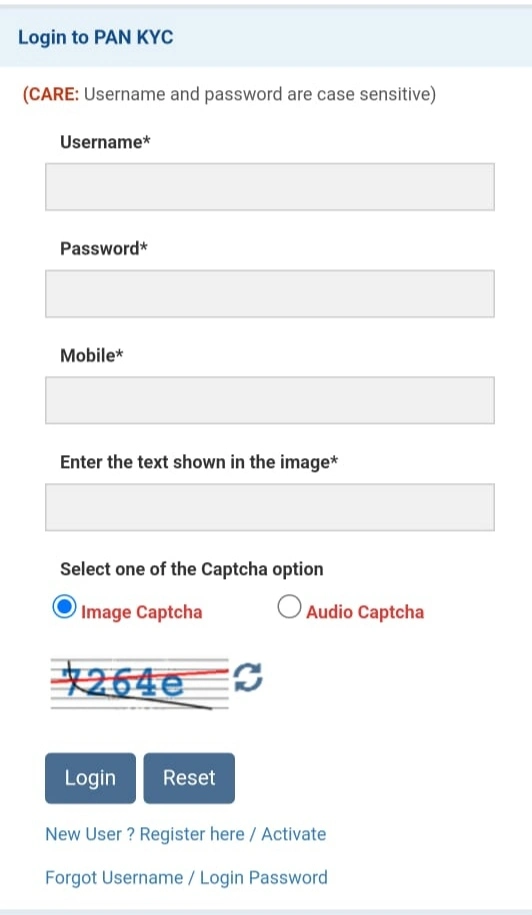
The phishing link looks like this, refer to it below.
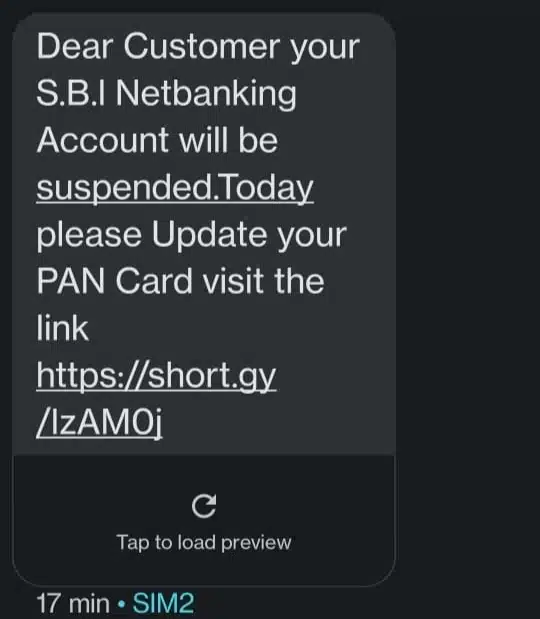
Once you click on the unsolicited link, you will be directed to the web page, which looks exactly the same as the original website.
When you punch in your username and password, your data will be collected from the other end, and anything could go from there.
This fraud is quite old and the bank has overwritten and protected its customers ever since the OTP base authentication mode was brought in line. Yes, along with multiple authentication factors such as passwords with OTP.
The fraudsters are really smart, articulate and well-groomed. The way they represent themselves as a disguise is also quite professional and genuine.
For a regular person like us, it’s hard to avoid as it seems genuine and we fall into their trap easily.
The process is called vishing, also known as voice phishing, where fraudsters call you to obtain your credentials, such as your card number, CVV number, or OTP, under the pretext of unblocking your card or issuing a new card, etc.
How do you Avoid Fraudsters?

We can easily protect ourselves from bank fraud. It is you who need to take certain measures to safeguard the bank account.
There are a few points listed below which are worth knowing.
- Always purchase things from trusted sites.
- Make sure your PIN is secured.
- Remember your PIN number.
- Change your PIN regularly.
- Make sure your ATM card is with you at all times.
- Put transaction limit on your card.
- Never compromise your credentials over the phone.
- Do not install applications that might compromise your smartphone.
- Do not ask for help from an unknown person, rely on your banker
- Never search helpline numbers on any search engine.
Always Purchase Things from Trusted Sites
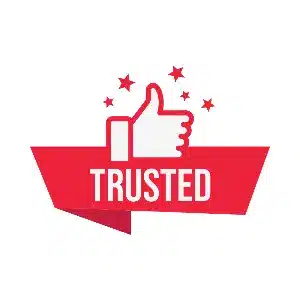
You can make your transaction safe if you rely only on trusted sites.
For online purchases, Amazon, Myntra, and Flipkart are reliable e-commerce sites.
These sites have their own robust security protocols, which make it safe for you to use your card.
For offline transactions, it is up to you. Be alert all the time when it comes to card transactions with third-party vendors.
This is where ATM card skimming happens. It happens even in ATMs. Shopping malls such as big bazaars, pantaloons, etc. are safe zones, yet one should be careful.
Online payment using suspicious mobile apps Or websites should be totally avoided. It would secure your password and PIN credentials.
Make Sure Your PIN is Secure
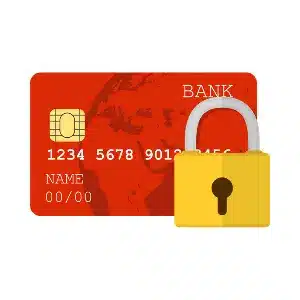
Do not share your ATM PIN with anyone. Even sharing between family members should be avoided.
It’s not that you do not trust them. It would stop compromising your card details.
Avoid doing transactions in crowded places. Do it when you are sure that no one can shoulder surf.
While doing transactions at an ATM or at a mall, make sure you are alone or the person next to you cannot see or guess your ATM PIN number.
Banks never ask for your ATM PIN or card details. If you receive a call asking for the same. Just know that caller is not a banker.
Remember Your PIN Number
Never write or scribe your PIN number on anything. Always remember it by heart.
It becomes easier to access your account if your ATM PIN falls into the wrong hands.
It’s better to stay safe than to regret it later.
Change Your ATM PIN Number
Changing ATM PIN numbers regularly is a way to keep away fraudsters.
Whenever there is a doubt about security, just go forward and change the PIN.
The process of changing PIN is quite simple and it is self-explanatory. Go to the ATM; you might be able to do it in a minute.
Make Sure Your ATM Card is With You
Make sure your card is intact and always with you. You may put it in your wallet or you may have a card pouch.
This is important because when an unauthorized transaction occurs through your card, it should be with you; otherwise, you would not get the claim.
Put a Transaction Limit on Your ATM Card
Keeping a limit on your card is also a way to keep away fraudsters. Even in cases where fraudsters access your card, they would not be able to defraud much.
You may keep the transaction limit as low as you would like. Keeping it at ₹ 5000 to ₹ 10000 is okay.
For setting a card limit, you might get the option in banks’ internet banking. Most banks do have the facility.
If you are not using online purchases, you may deactivate the online purchase facility. Likewise, international card use goes the same way.
Or you may restrict online purchases to a certain limit.
Setting a card transaction limit is the best way to minimize card fraud. You would restrict fraudsters from accessing your account.
Never Compromise Your Credentials Over the Phone

Cases of ATM fraud in India are increasing at a fast pace. It is happening all over the country.
It is happening mainly through voice phishing. This is a kind of fraud in which fraudsters extract your personal details over a telephone conversation.
They are in disguise acting as bank representatives or any other representatives of an organization.
They would make you believe that their intention is to help people. But, in fact, they are trying to fool you.
In the end, they get the ATM card number, CVV number, or OTP. They would encash all your money.
When they ask you for an OTP, that means, they are about to withdraw funds from your account. Once you compromise your OTP, there is no coming back.
Although, if you make a formal complaint to your bank within 24 hours of the transaction, there is a high chance that, your money may come back to your account, there is no guarantee of that.
Don’t Install Applications that may Compromise Your Phone

Smartphones are evolving at a fast pace. It’s replacing every kind of gadget, such as laptops, cameras, and TVs. You name it, almost everything is going to be replaced by it.
We used to do financial transactions at bank branches or through laptops. Now, the majority of our daily transactions go through our smartphones. From payment of utility bills to any other payments.
Digitization has given us such financial freedom that smartphones have become quite delicate gadgets in our lives.
Keeping it safe and secure has become one of the most important priorities. How to keep it safe is totally up to us.
Installation of applications from trusted application stores such as google playstore, apple store is recommended.
Avoid using third-party apps and put a check on third-party installation permission on your phone.
Always do research before installing any application on your smartphone, it will prevent your phone from compromising your credentials.
Never Ask for Help from an Unknown Person
If you are unable to execute a transaction or have trouble handling it, do not seek help from an unknown person.
Always rely on your banker, who will guide you in the right direction.
The reason is that it has been found that fraudsters lurk around nearby ATMs or places where ATM cashing out happens.
If you accidentally come across these people, they will fool you and get all the details they want, including your money.
So, in case your card is not functioning or you may find it difficult to effect transactions, do not ask anyone. Get help from your bank only. That would be wiser.
What have You Learn?
Card fraud is happening everywhere. You would not believe the amount of transaction involved in it.
As per the RBI, in 2021 itself, the amount involved in cyber crimes is in terms of crores. More than ₹ 200 crores.
It could happen to anyone, so a little bit of self-awareness and taking certain measures would safeguard your hard-earned money.
And believe that banks never ask for any of your personal details. Be it your account number or CVV/PIN number. Always rely on your bank instead.
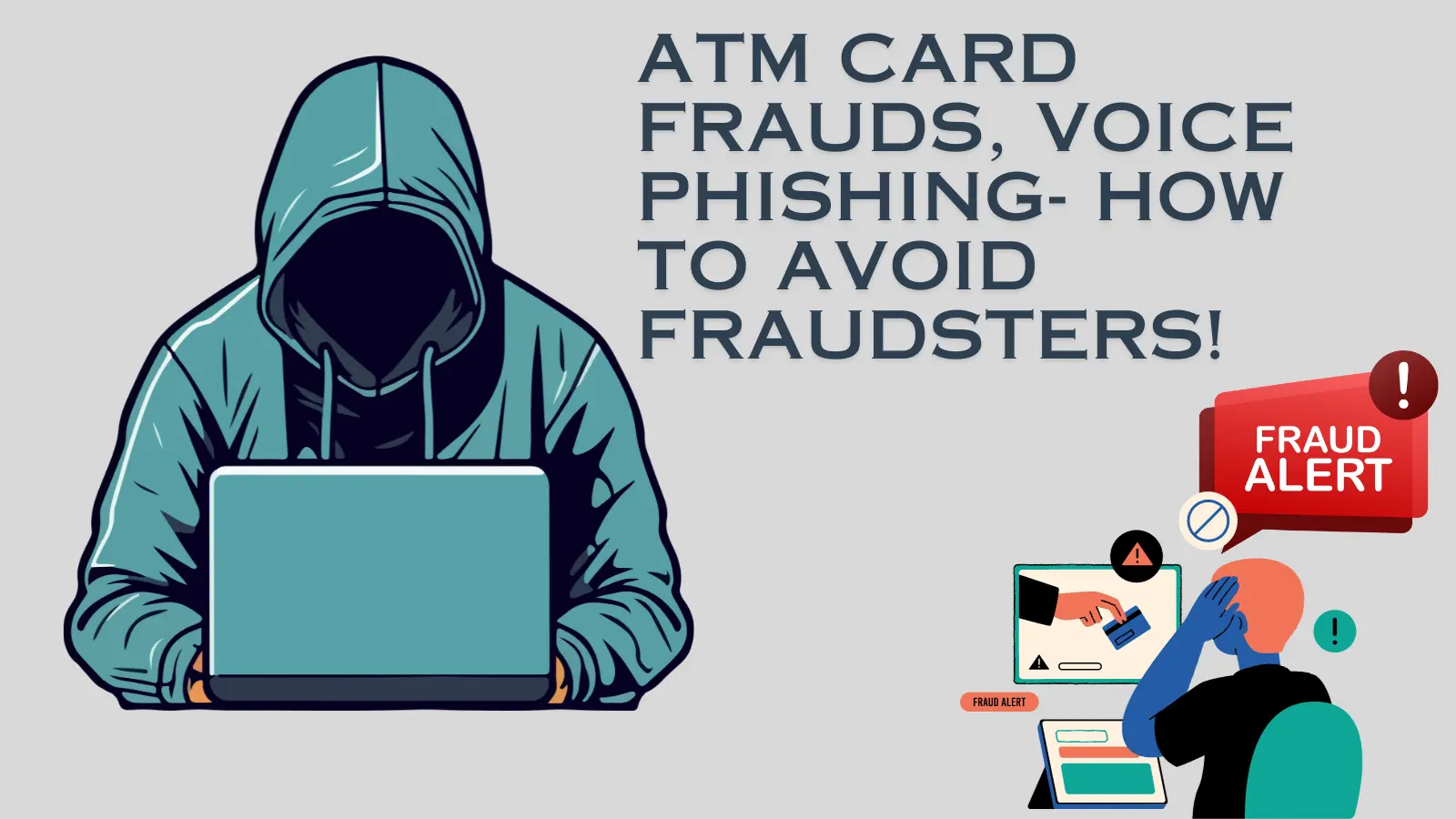


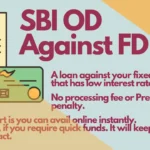





Amazing post, thanks for sharing such informative article. Useful and interesting. Take look at this too white label credit monitoring. Thanks!
Thanks for sharing. I read many of your blog posts, cool, your blog is very good.
Touche. Outstanding arguments. Keep up the great spirit.
Thank you so much sir